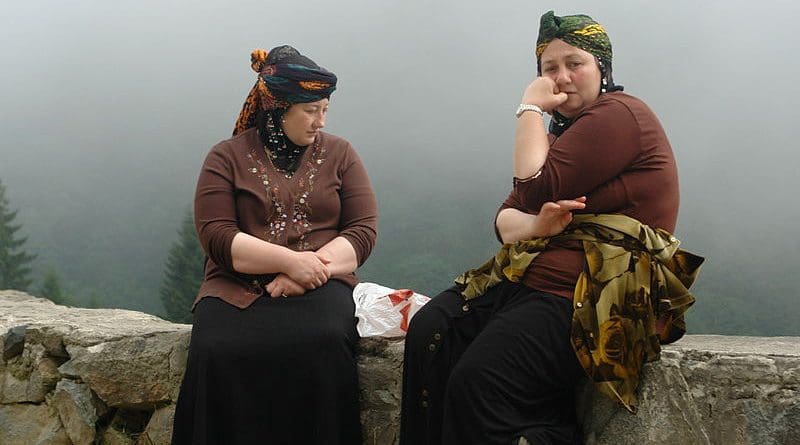Another Punished People: Khemshils Struggle To Define Themselves Between Turks And Armenians – OpEd
By Paul Goble
Ethnographers and anthropologists have long recognized that studying small groups on the margins of or between larger nations often provides critical insights into these larger communities. One such ethnic group is the Khemshils, a 400,000-strong community with Armenian roots but largely Turkic speaking and Muslim in religion.
Historically, they arose among Armenian communities in the southern Caucasus who were either forcibly Turkified and Islamicized or voluntarily changed their language and identity reflecting their changed political fortunes (trtrussian.com/mnenie/hemshily-kak-udalos-sohranit-edinstvo-naroda-5425931).
The Khamshils lived on both sides of the Turkish-Soviet border and in 1944, the eastern Khamshils who lived in 12 villages of Ajaria were deported by Stalin to Central Asia, a human tragedy that was deepened by the fact that only a very few were able to return to Georgia. As a result, large numbers have remained in Central Asia or moved to Krasnodar Kray.
Because they combine religious, linguistic and cultural elements that are generally thought to be irreconcilable, Alim Makhsutov, a blogger who specializes in Turkic groups of the Caucasus, they are not unified either as a group – there are many sub-ethnic communities within them – or as to who they are as a nation.
According to him, there are three distinct points of view in ongoing debates about who the Khemshils are and what their future will be. According to one, held by a majority of Muslim Khemshils, they are “Turks and have no relationship to Armenians,” whatever scholars say about their origins.
According to the second, “the Khemshils are a people separate from both the Turks and the Armenians.” That view is held by some Muslim Khamshils. And according to the third, “the Khemshils are a special group of Armenians, distinguished from them by language and partially religion,” a position taken by Christian Khemshils and those within the nation of left-wing views.
“As we see,” Makhsutov says, “the Khemshil Muslims, especially the Turkish language part, do not try to identify with Armenians,” the result of their experiences over the past century. But among all Khemshil groups, there are activists who promote a common identity and bridge divides that aren’t bridged elsewhere.
That is especially interesting because this bridge building is taking place primarily on the former Soviet space even though the center of Khemshil activism at present is to be found among communities in the major cities of Turkey which regularly promote exchanges between members of that nation there and members of it in Georgia and Russia.


You write automatically as a historical reality without historical resaearch in trusting to the traditional turcophobe feeling taht the khemshines were forcibly turkified. It i a big lying because the the khemshines still speal their national language. Yu are a racist men towards turcs.
ai heared about hemshi armaenians (not khemshils) do you think they are supposed to be the same.